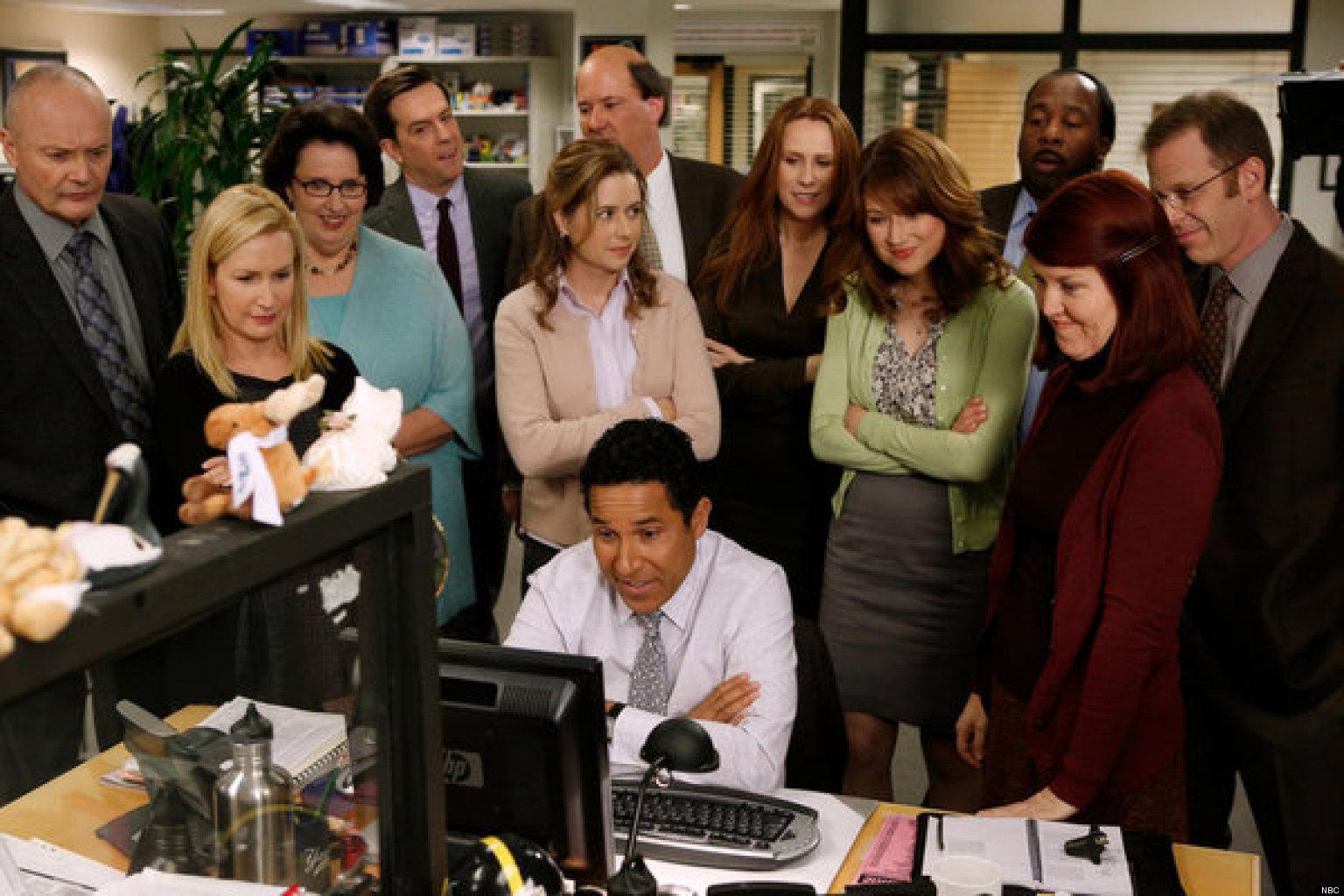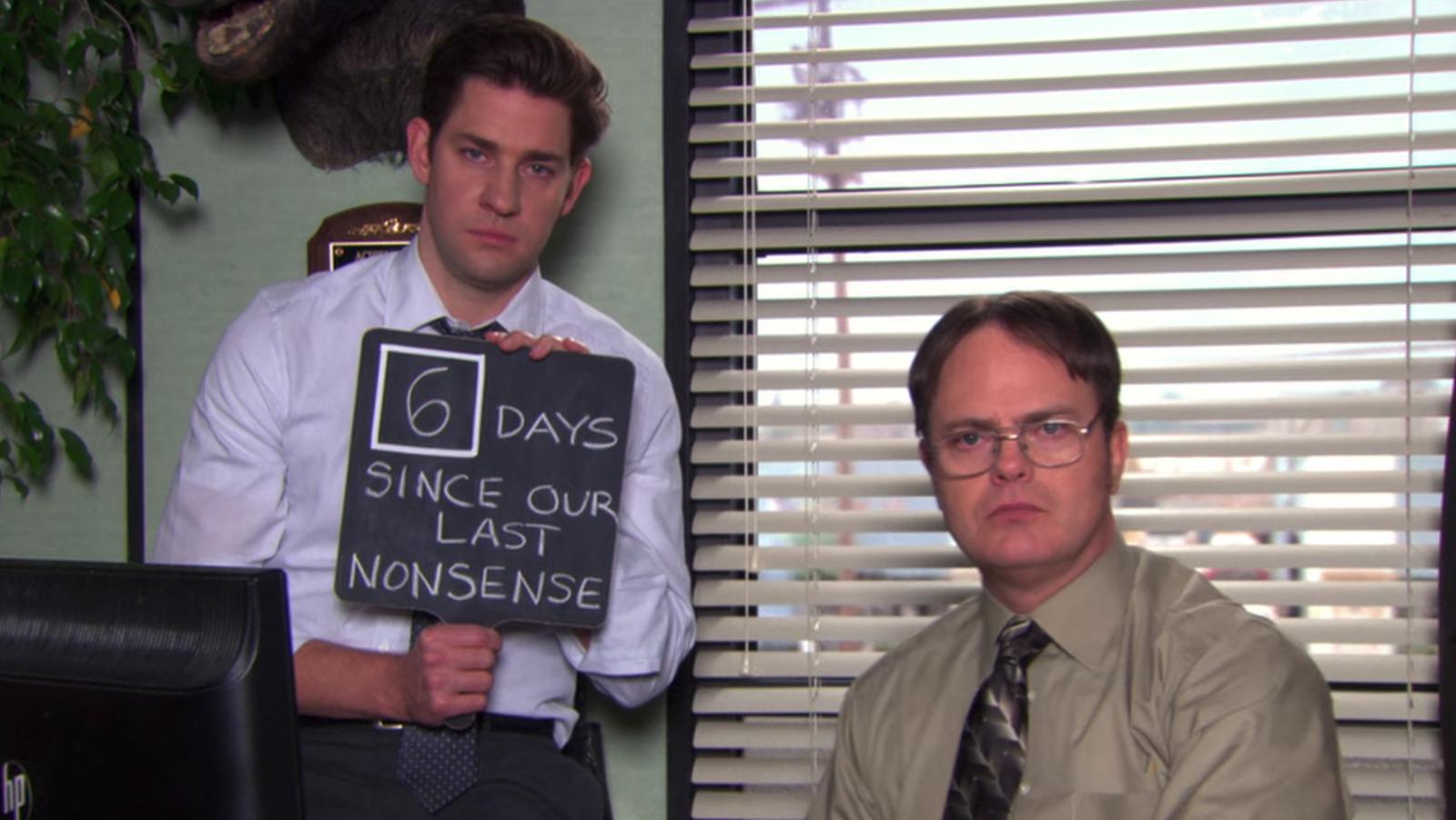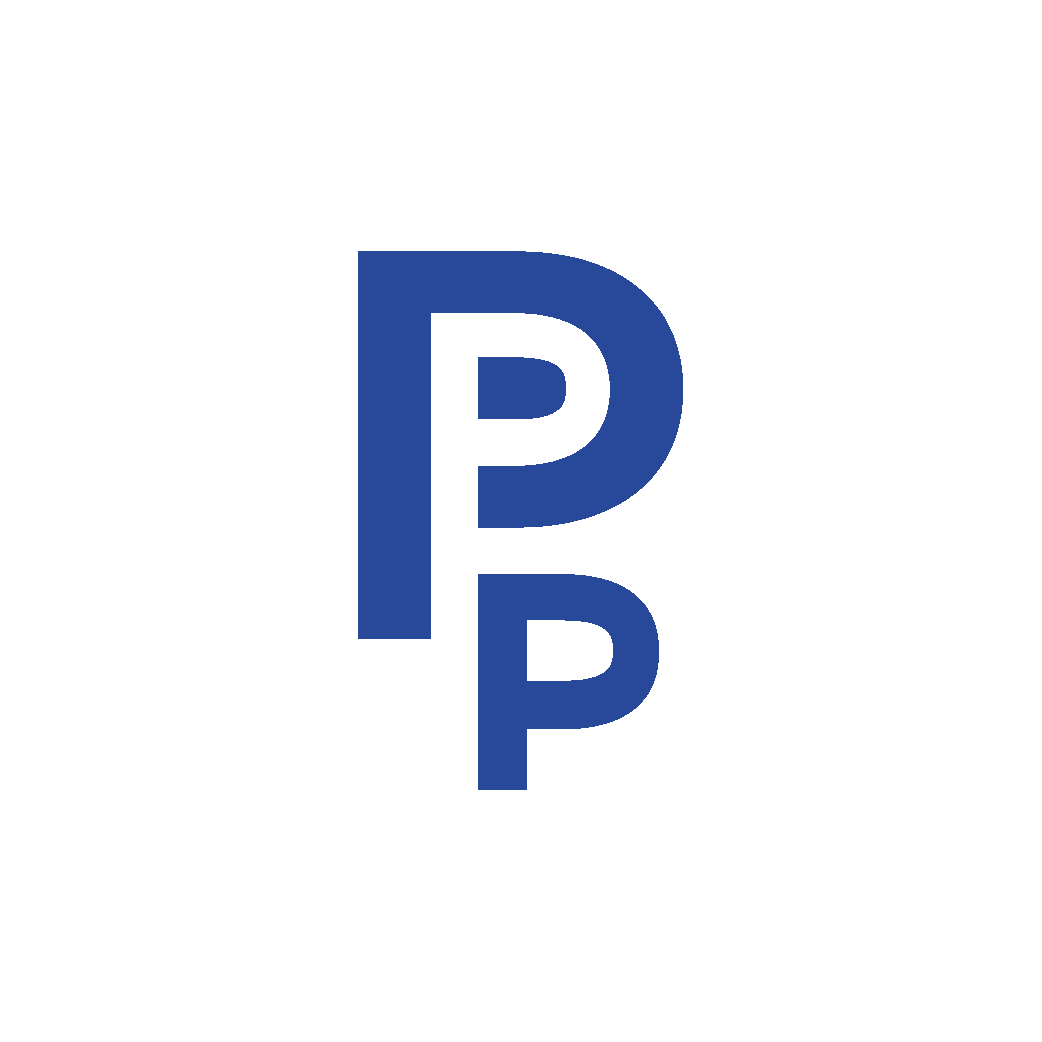The Office Workplace has changed over the decades. From cubicles and corner offices, to open floor plans — and now your converted coat closets — the locus of our work is always in flux.
Since office life is such a huge part of all of our day-to-day experience — even more so now that it’s invaded our homes — it’s constantly undergoing renovation. Over the past decade, fads have affected the physical office space itself, as well as the underlying theory behind how we structure our work in practice day-to-day.
From self-improvement theories on how to increase productivity — some propagated by out-there tech billionaires who claim extreme measures such as not eating are the key to their success — to cultish workspace inventions like WeWork, sometimes our desperate attempts to upgrade our office life go too far.
WFH brought both challenges and revelations. For many, it was freeing. For others, the pressures to perform well led to absolutely no boundaries — hello, that would be me! As for those who missed being in the office, having no separation between life and work was detrimental to their overall work-life balance.
However, due to the pandemic, a wider group took up the question of what the office should look like. Instead of taking the status quo as a given, a cultural conversation began about the most efficient way to work.
As we gained a more diverse perspective in these conversations, the goals shifted. Suddenly, it wasn’t about how to make more money or how to increase productivity. Instead, people focused on how to live more holistic and satisfying lives.
A strange phenomenon occurred: the great resignation. Turns out, people wanted better jobs. And — after a record high number of Americans quitting their jobs, employers have been forced to rethink how they treat their employees. Now, the workers have more power. And the notion of the office space is striving to accommodate them.

Innovative structural changes are being implemented to attract new employees. Better perks — not the ping pong tables of those start-up days of yore — such as increased benefits, more time off and competitive salaries are only the start.
According to the New York Times, the four-day workweek is “in our grasp.” The movement has been adopted by many companies across the country with staggering results. Adoptees cited an enhanced work-life balance, more focus, happier personal lives — not to forget increased productivity and a better work environment. A win-win for everyone.
If this sounds too good to be true, wait until you hear about the three-day work week, which could be next. Most companies are moving towards a remote-friendly atmosphere. They’re even normalizing remote work as part of the regular work day for most workers.
According to Barron’s: “The pandemic has also given a shot in the arm to innovation to support remote working. Working from home will increase from 5% of full-paid-days pre-pandemic to about 25% post-pandemic. This is generating a gold-rush of tech firms to generate the next killer app, product, or software to support working from home. We have seen some major innovations over the last 10 years, notably video-call applications like Zoom and Microsoft Teams, file-sharing software like Dropbox, and communications platforms like Slack. These products have revolutionized our pandemic experience of working from home.”
Barron’s also predicts that: “the next decade will see even more rapid change as firms pour billions of dollars into developing WFH friendly products. Whether this is virtual reality, AI guided cameras, or holographic projections, the experience of working from home will radically improve for those of us lucky enough to enjoy it. The pandemic is just the start of the working-from-home revolution.”
For now, as Omicron surges and many return to quarantining out of safety and full-time remote-work, we’re looking forward to a tech-evolution that’s no longer productivity-driven but people-driven.
string(5258) "
The Office Workplace has changed over the decades. From cubicles and corner offices, to open floor plans — and now your converted coat closets — the locus of our work is always in flux.
Since office life is such a huge part of all of our day-to-day experience — even more so now that it’s invaded our homes — it’s constantly undergoing renovation. Over the past decade, fads have affected the physical office space itself, as well as the underlying theory behind how we structure our work in practice day-to-day.
From self-improvement theories on how to increase productivity — some propagated by out-there tech billionaires who claim extreme measures such as not eating are the key to their success — to cultish workspace inventions like WeWork, sometimes our desperate attempts to upgrade our office life go too far.
WFH brought both challenges and revelations. For many, it was freeing. For others, the pressures to perform well led to absolutely no boundaries — hello, that would be me! As for those who missed being in the office, having no separation between life and work was detrimental to their overall work-life balance.
However, due to the pandemic, a wider group took up the question of what the office should look like. Instead of taking the status quo as a given, a cultural conversation began about the most efficient way to work.
As we gained a more diverse perspective in these conversations, the goals shifted. Suddenly, it wasn’t about how to make more money or how to increase productivity. Instead, people focused on how to live more holistic and satisfying lives.
A strange phenomenon occurred: the great resignation. Turns out, people wanted better jobs. And — after a record high number of Americans quitting their jobs, employers have been forced to rethink how they treat their employees. Now, the workers have more power. And the notion of the office space is striving to accommodate them.

Innovative structural changes are being implemented to attract new employees. Better perks — not the ping pong tables of those start-up days of yore — such as increased benefits, more time off and competitive salaries are only the start.
According to the New York Times, the four-day workweek is “in our grasp.” The movement has been adopted by many companies across the country with staggering results. Adoptees cited an enhanced work-life balance, more focus, happier personal lives — not to forget increased productivity and a better work environment. A win-win for everyone.
If this sounds too good to be true, wait until you hear about the three-day work week, which could be next. Most companies are moving towards a remote-friendly atmosphere. They’re even normalizing remote work as part of the regular work day for most workers.
According to Barron’s: “The pandemic has also given a shot in the arm to innovation to support remote working. Working from home will increase from 5% of full-paid-days pre-pandemic to about 25% post-pandemic. This is generating a gold-rush of tech firms to generate the next killer app, product, or software to support working from home. We have seen some major innovations over the last 10 years, notably video-call applications like Zoom and Microsoft Teams, file-sharing software like Dropbox, and communications platforms like Slack. These products have revolutionized our pandemic experience of working from home.”
Barron’s also predicts that: “the next decade will see even more rapid change as firms pour billions of dollars into developing WFH friendly products. Whether this is virtual reality, AI guided cameras, or holographic projections, the experience of working from home will radically improve for those of us lucky enough to enjoy it. The pandemic is just the start of the working-from-home revolution.”
For now, as Omicron surges and many return to quarantining out of safety and full-time remote-work, we’re looking forward to a tech-evolution that’s no longer productivity-driven but people-driven.
"













